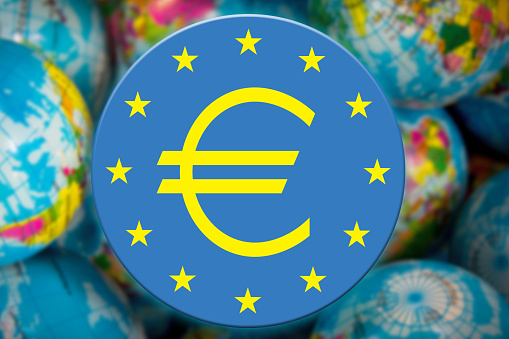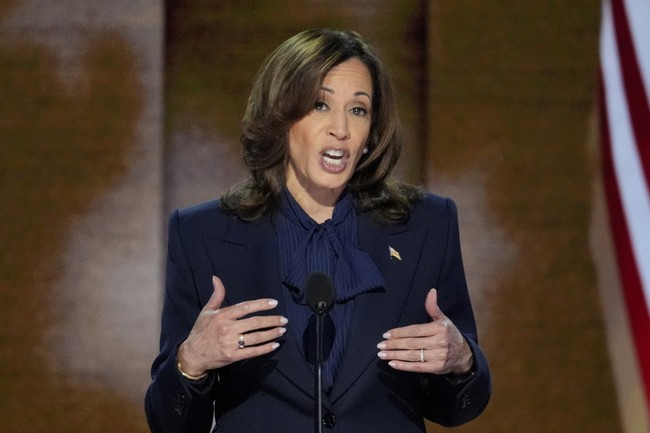ECB Rate Cuts: Possibility and Implications
Explore the potential ECB interest rate cuts to 2% by summer, the economic implications, and varying central banker perspectives amidst global shifts.
Published March 28, 2025 - 00:03am

Image recovered from actionforex.com
The European Central Bank (ECB) is contemplating a reduction in interest rates to 2% by the end of summer 2023, a development that has drawn considerable attention from market observers, economists, and policymakers. This potential move comes amidst an uncertain economic environment characterized by disinflationary trends, geopolitical tensions, and fiscal shifts in major European economies.
French central bank chief Francois Villeroy de Galhau has articulated that there remains substantial scope for further monetary easing by the ECB. The bank's deposit rate, currently sitting at 2.5%, could be reduced as markets anticipate this downward adjustment by the time the summer season concludes. The need for this potential cut stems from a variety of factors, including changing inflation dynamics and bond market conditions which must be accounted for in monetary policy decisions.
Since June of the previous year, the ECB has embarked on a series of six rate cuts, providing modest guidance about the trajectory of future monetary policy actions. However, a consensus appears to be forming among policymakers, with significant voices like Piero Cipollone of Italy and Yannis Stournaras of Greece advocating for additional policy easing sooner rather than later. Meanwhile, counterparts in Ireland and Slovakia are exercising more caution in their outlooks on monetary movements.
The financial markets have seemingly bought into the likelihood of at least one more rate cut by the summer, with a 65% probability of this action occurring as early as April. The financial environment has shifted significantly due to a surge in bond yields, especially in Germany, which has contributed to tightened financing conditions. This shift poses challenges to previous efforts by the ECB to lower borrowing costs to stimulate economic activities.
Germany's recent decisions to increase spending on defense and infrastructure align with these developments, inflecting policies with both growth and inflation dimensions. This fiscal expansion is largely seen as a response to perceived retrenchments in global leadership by the United States regarding the Russian-Ukraine conflict. Such spending has the potential to boost economic growth; however, there are suspicions that inflation might materialize if these expenditures are primarily debt-financed.
Despite these concerns, Villeroy has downplayed notions of rampant inflation driven by increased fiscal stimuli. He has explained that Europe's current state of weak domestic demand could mitigate inflationary pressures. Furthermore, if fiscal measures are harmonized with expanding the industrial base, the prospective inflation may further be contained.
While deliberations over the next steps in monetary policy continue, it's pertinent that any actions take into account the intricate relationship between fiscal policies and monetary tightening. The ECB's capacity to influence growth and inflation through reduced rates is complicated by external variables, including geopolitical uncertainties, and Europe's trajectory in industrial and economic recovery.
As central bankers debate varying strategies, the economic climate remains fluid, with prevailing support for rate cuts intertwined with an acute awareness of underlying economic complexities. Nonetheless, the envisaged cuts aim to harmonize monetary policy with broader economic goals.
In conclusion, the discourse within the ECB illustrates the delicate balancing act of fostering growth while maintaining inflation within targeted thresholds. While optimism over a potential easing schedule exists, the dynamics of European markets and the ECB's policy responses will likely continue to evolve in response to domestic and global economic signals.







